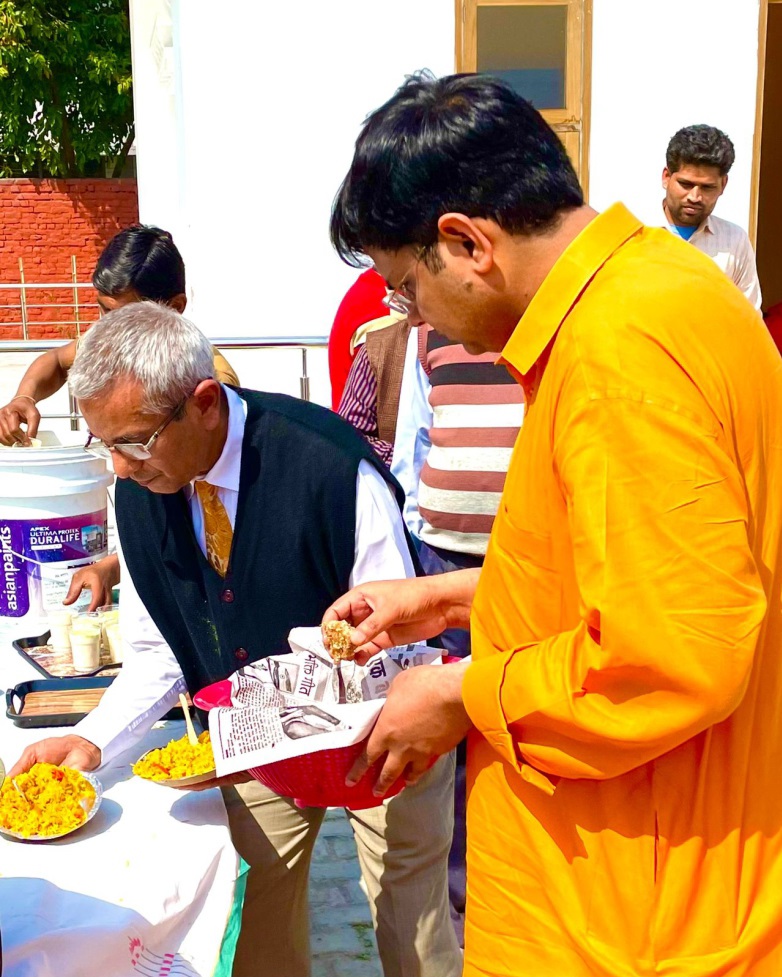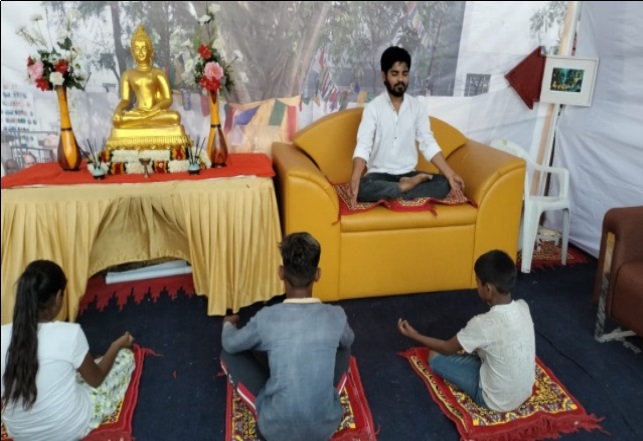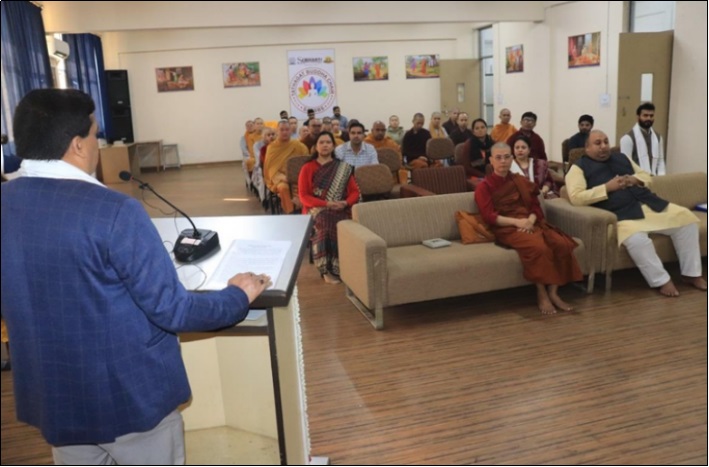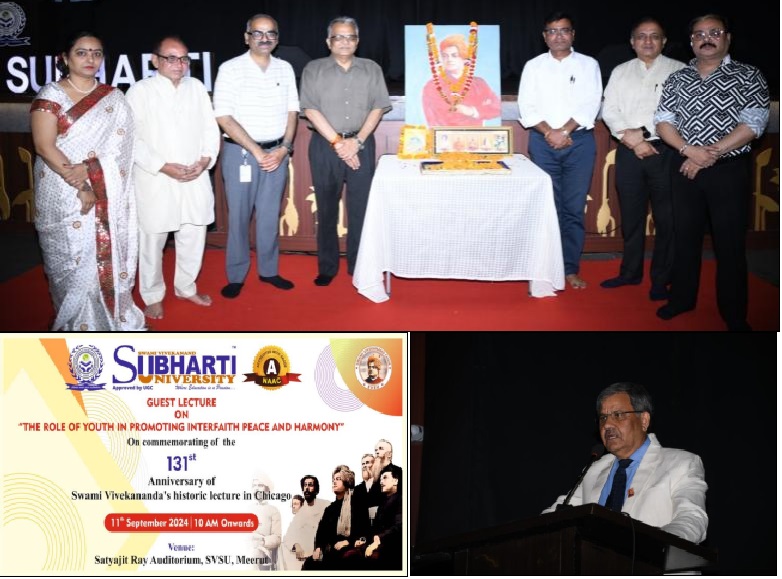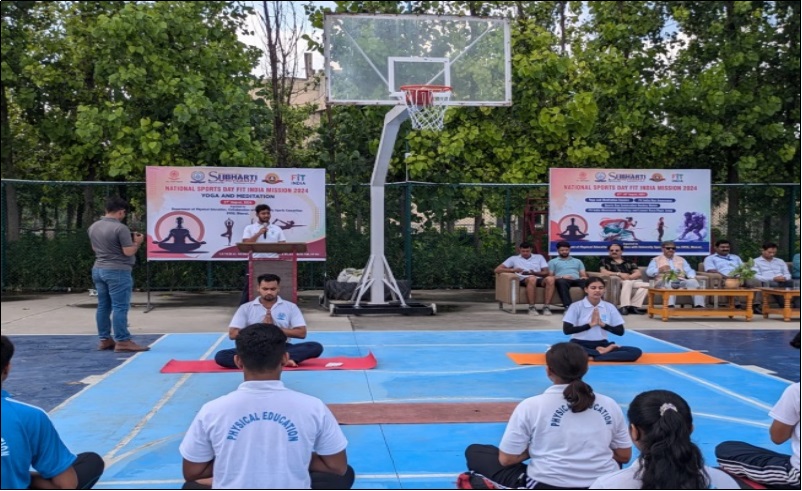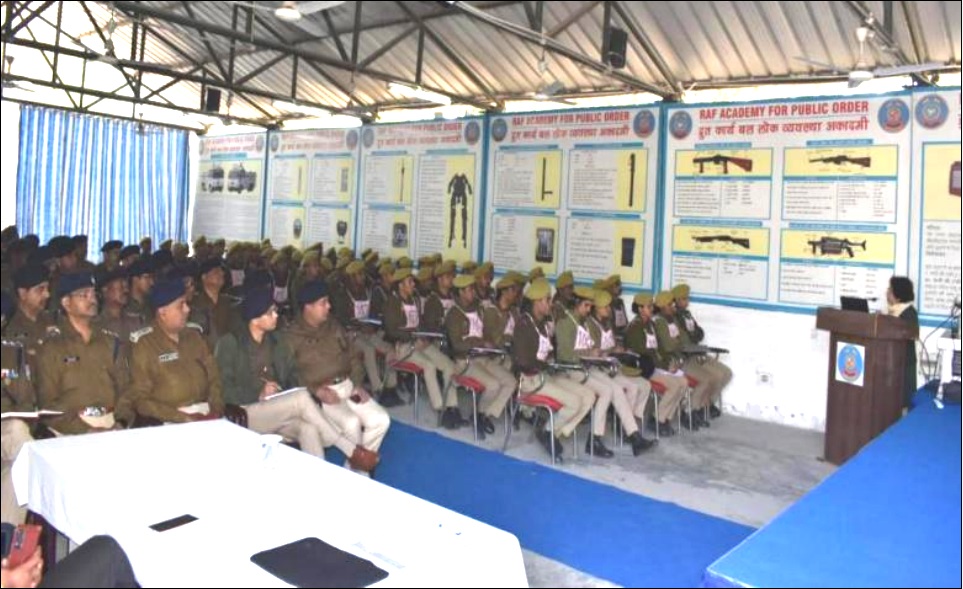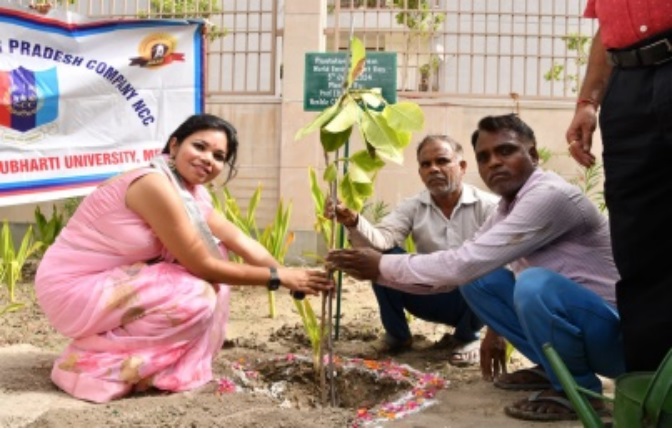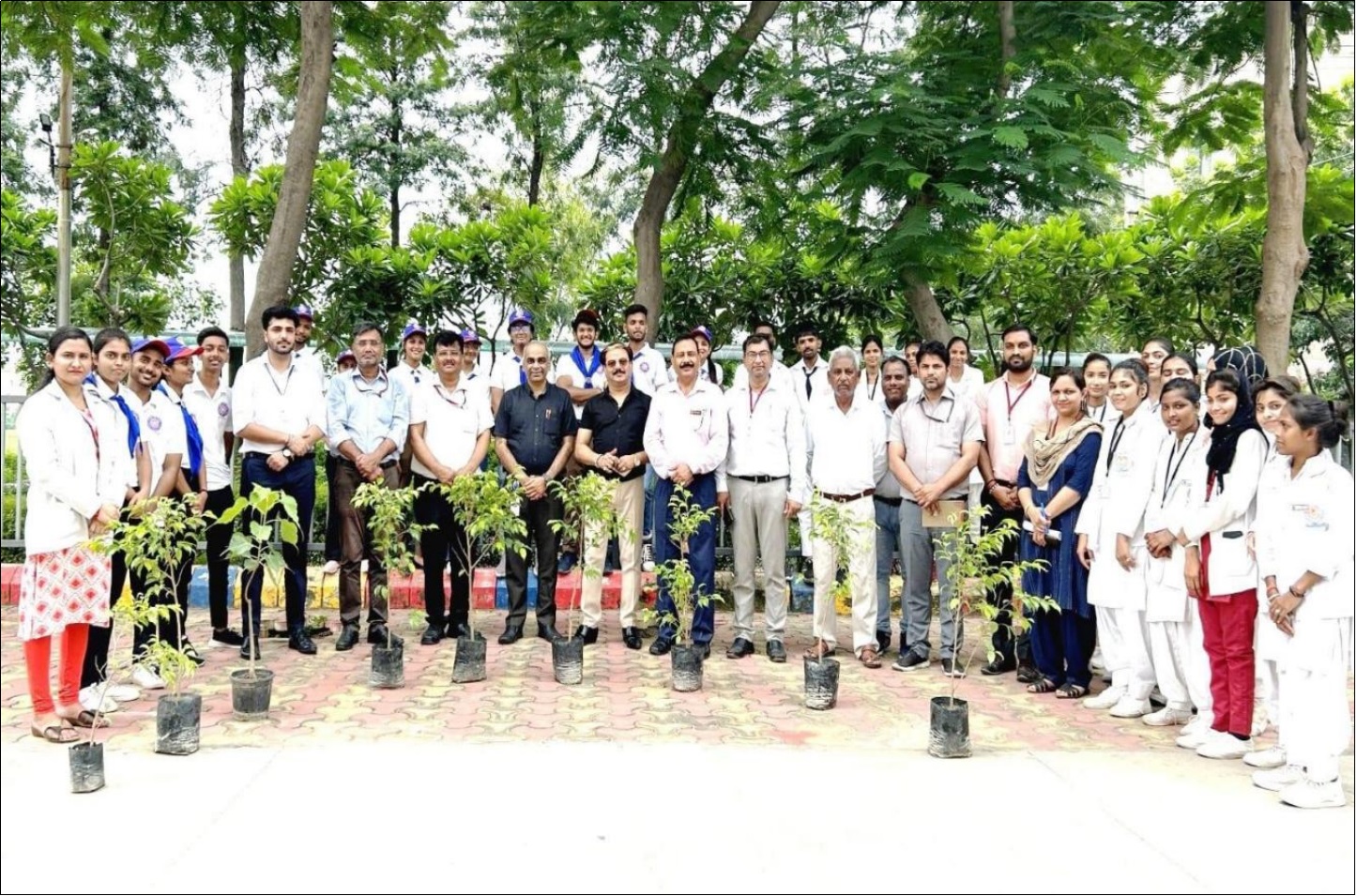University Distinctiveness
"Harmonious Living with Nature & Environment: The University’s Unique Distinctiveness"
OBJECTIVES OF THE DISTINCTIVENESS
The primary objectives are to:
- Foster Mindfulness and Compassion: Cultivate a community that values mindfulness practices and empathetic interactions.
- Promote Holistic Health: Inspire students and staff to engage in activities that enhance both mental and physical well-being.
- Encourage Active Lifestyles: Advocate for fitness and healthy living among all members of the university community.
- Support Local Communities: Address social inequalities through outreach and support programs.
- Champion Environmental Sustainability: Lead initiatives that enhance green spaces and biodiversity.
- Stimulate Creativity in the Arts: Encourage innovation in Fine Arts using repurposed materials.
- Advocate for Sustainable Transportation: Promote the use of electric vehicles as eco-friendly alternatives.
- Enhance Global Buddhist Education: Strengthen international partnerships in the study of Buddhism.
- Promote Environmental Stewardship: Foster responsibility for the environment within the campus.
- Minimize Carbon Footprint: Implement strategies to reduce waste and energy consumption.
- Facilitate Community Engagement: Build partnerships for impactful environmental initiatives.
THE CONTEXT
The context for implementing these initiatives arose from several challenges:
- Health and Well-being Concerns: Rising stress levels among students and staff necessitated a focus on mental health and physical wellness.
- Environmental Degradation: Growing concerns about environmental sustainability prompted the need for greener practices on campus.
- Social Inequality: Recognizing the need for greater social responsibility and outreach to local communities.
- Global Awareness: The importance of fostering a global perspective, particularly in the context of the world peace through the spread of Buddhist philosophy and religious harmony.
THE PRACTICE
This distinctiveness of the university involves a multifaceted approach to enhancing well-being and sustainability within Indian higher education. Key components include:
- Mindfulness Workshops: Regular sessions promoting meditation and compassionate communication.
- Health Initiatives: Programs encouraging physical fitness, yoga, and wellness activities through multidisciplinary integrated approach.
- Sustainable Practices: Tree planting drives, waste recycling programs, and promoting electric vehicles.
- Waste to beauty: Utilizing waste materials in creating art pieces that fosters creativity and environmental awareness.
- Community Outreach: Collaborations with local NGOs and village’s Gram- Pradhan to address social issues.
Uniquely, this practice integrates traditional values of mindfulness and compassion inherent in Buddhism with contemporary environmental and health issues. Constraints included limited funding, resistance to change among some stakeholders, and logistical challenges in organizing outreach programs.
EVIDENCE OF SUCCESS
Success indicators include:
- Increased Participation: Workshops and programs have seen a 60% increase in student and staff participation over the last year.
- Health Improvements: Surveys indicate a 30% increase in reported well-being and mental health satisfaction among participants.
- Environmental Impact: The University has successfully planted over 19,000+ trees, contributing to biodiversity and campus greening efforts.
These results indicate a positive shift towards a more engaged, healthy, and environmentally responsible campus community.
PROBLEMS ENCOUNTERED AND RESOURCES REQUIRED
Problems encountered include:
- Funding Limitations: Many initiatives required additional funding for materials and activities.
- Awareness and Buy-in: Some community members were initially resistant to new practices and ideas.
- Logistical Challenges: Coordinating events and outreach efforts posed difficulties.
- Resources required:
- Financial Support: Grants and sponsorships to fund initiatives.
- Human Resources: Volunteers and staff dedicated to planning and execution.
- Partnerships: Collaboration with local organizations and experts in relevant fields.
NOTES
For other institutions considering adopting similar practices, it is crucial to:
- Engage Stakeholders Early: Involve students, faculty, and local communities in the planning process.
- Create a Comprehensive Plan: Outline clear goals, activities, and methods for evaluation.
- Foster a Culture of Sustainability: Integrate these values into the curriculum and campus culture.
- Leverage Existing Resources: Utilize partnerships with NGOs and local governments to amplify impact.
- Scalability: This practice can be adapted and scaled in other institutions by customizing initiatives to fit local contexts. Continuous Evaluation: Regular assessments and feedback mechanisms should be established to measure progress and adapt strategies accordingly.
- Awareness Campaigns: Ongoing communication about the importance of sustainability can help maintain engagement and interest among students and staff. This comprehensive approach not only enhances the campus environment but also prepares students to contribute positively to society as responsible, environmentally aware individuals.
This distinctiveness reflects the university's commitment to its core values of mindfulness, compassion, and responsibility, setting a precedent for best practices in higher education.

